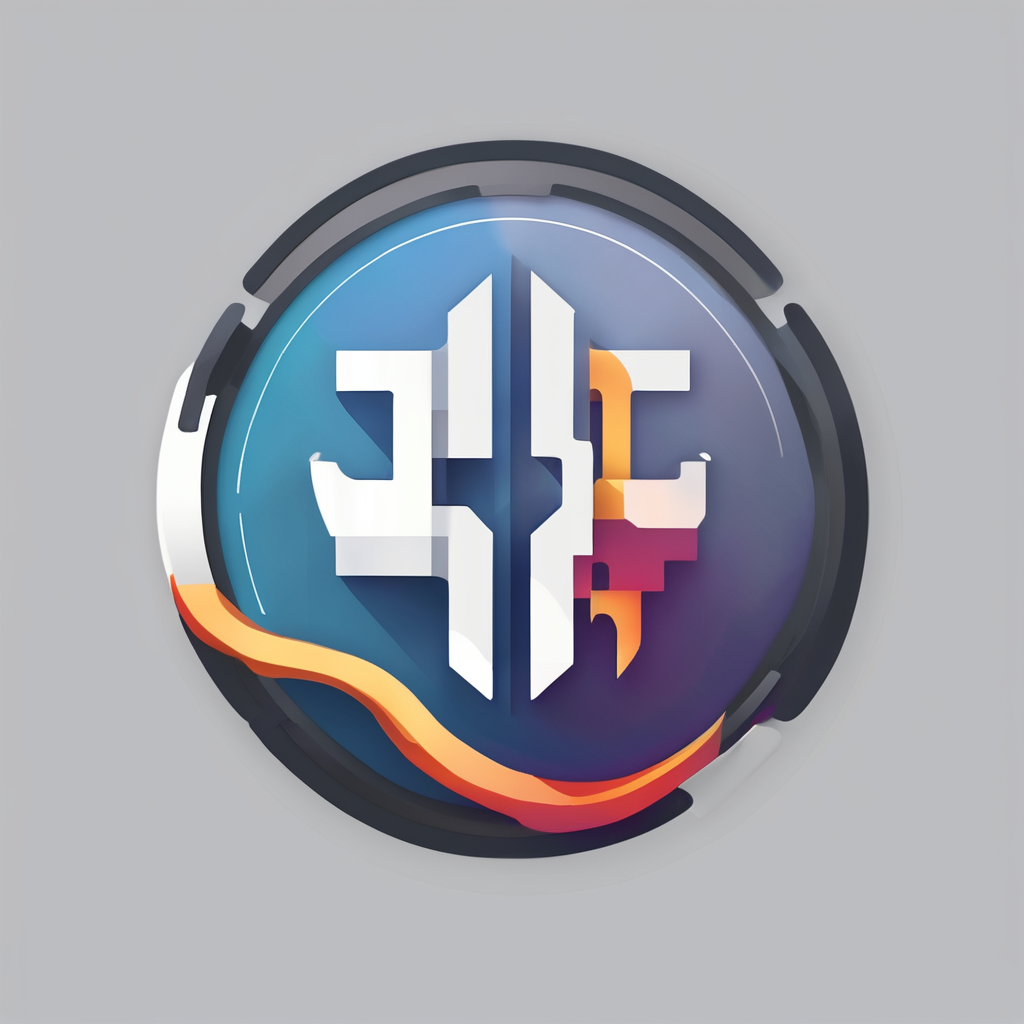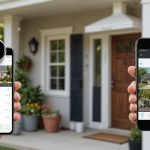Understanding IoT Gateway Systems
In the expansive IoT architecture, the IoT gateway plays a crucial role. These gateways act as a bridge between IoT devices and central networks, providing essential functions that facilitate communication and data processing. A proficient IoT gateway system ensures that data from numerous devices is collected, normalised, and often analysed before being sent to a central server or cloud service for further processing.
The core functions of an IoT gateway include data filtering, protocol translation, and device management. By filtering data locally, the gateway reduces unnecessary data transfer, enhancing efficiency. Protocol translation is another critical function, allowing diverse devices with different communication protocols to interoperate seamlessly within a network.
Integrating these systems with existing devices and networks is paramount for success. A robust IoT gateway must support diverse connectivity options, such as WiFi, Bluetooth, Zigbee, and cellular networks, to seamlessly incorporate different types of devices. This seamless integration ensures that data flows smoothly, minimising disruptions and enhancing overall system reliability.
Moreover, an efficient IoT gateway should provide secure communication channels, safeguarding sensitive data transferred across networks. The gateway’s ability to support end-to-end encryption and other security measures enhances data privacy and fortifies the network against potential breaches. These features establish the IoT gateway as a linchpin in the IoT ecosystem.
Additional reading : Unlocking the Secrets to AI Model Training: Effective Strategies for Success in Distributed Environments
Enhancing Robustness and Reliability
Enhancing reliability and fault tolerance in IoT gateways is crucial for ensuring consistent performance. A reliable IoT gateway must incorporate strategies for building fault-tolerant systems, which can operate effectively even during unexpected disruptions. For instance, incorporating redundant components helps maintain operations if one part fails, supporting overall system resilience.
An essential aspect of effective IoT gateway systems is device and data redundancy. By duplicating critical components and services, the gateway ensures that no single point of failure can disrupt the network. This redundancy can be achieved through backup power supplies, duplicate network paths, and multiple data storage options.
Real-world examples abound where robust IoT gateway systems have been pivotal. Consider energy companies that utilise IoT gateways for smart grid management; their systems often feature comprehensive redundancy mechanisms to avoid power outages. By prioritising redundancy and fault tolerance, these companies prevent data loss and ensure continuous service delivery.
Incorporating such strategies early in the design phase enhances an IoT gateway’s reliability and prepares it for potential failures. This approach not only protects data integrity but also reinforces trust in IoT infrastructure—a key component of maintaining user confidence and achieving seamless operations across various applications.
Implementing Security Measures
In the realm of IoT security within gateway systems, ensuring robust protection against emerging threats is paramount. IoT gateways must implement comprehensive security protocols to shield these systems from cyber threats. These protocols may include the use of firewalls, intrusion detection systems, and anti-malware solutions, all designed to thwart unauthorised access and malicious activity.
Data privacy is another critical component, necessitating strategies such as end-to-end encryption and access controls, which confine data access to authorised users only. Compliance with regulations like GDPR further bolsters data privacy, ensuring that personal data is handled responsibly across the network.
A detailed threat mitigation strategy requires an understanding of common vulnerabilities like DDoS attacks and unauthorised data access. To effectively mitigate these risks, consider implementing regular security audits and updating software to patch vulnerabilities.
To illustrate, a healthcare provider using IoT gateways for patient data monitoring might deploy stringent data encryption methods alongside continuous threat analysis. These strategies not only secure sensitive information but also ensure compliance with healthcare data regulations. Ultimately, by placing a high priority on security, IoT gateways can more effectively safeguard network integrity, thus maintaining user confidence and trust in IoT technologies.
Essential Strategies for Scalability
In designing scalable IoT gateway systems, implementing forward-looking principles is critical. These best practices ensure gateways can grow and adapt alongside technological advancements. Embracing a modular architecture is key, allowing components to be upgraded or swapped out without disrupting the entire system. This modularity supports future-proofing by enabling integration with new devices and protocols as they emerge.
Techniques for Expandability
Scalability hinges on a balance between flexibility and performance. IoT gateways must accommodate an increasing number of connected devices without sacrificing efficiency. Investing in expandable hardware configurations and interoperable software solutions can facilitate this growth. Leveraging network protocols like MQTT for lightweight messaging enhances communication efficiency, even with numerous endpoints.
Case Studies of Successful Implementations
Consider a logistics company that implemented a scalable IoT gateway system to track fleet data. Initially designed for 50 vehicles, the modular structure allowed seamless expansion to 200 vehicles. This growth was achieved by incorporating additional gateways and deploying software updates, showcasing scalability in action. Such implementations underscore the necessity of scalable design in IoT gateways, ensuring they remain relevant and effective as network demands evolve.
Integration with Cloud Services
The integration of IoT gateways with cloud services emerges as a pivotal element in expanding the functionality and capabilities of IoT systems. This cloud integration allows gateways to offload computation and storage, enhancing the system’s overall scalability and efficiency. By doing so, it provides an avenue for resource-intensive tasks, such as advanced data analytics and machine learning, to be performed more effectively.
Architectural frameworks like IoT cloud architecture are essential to supporting this integration. They define the necessary components and processes for seamless data flow to and from the cloud. The adoption of these frameworks facilitates unified data management across devices, enhancing the agility and adaptability of IoT networks.
Incorporating tools and technologies like AWS IoT Core, Microsoft Azure IoT Hub, or Google Cloud IoT can significantly enhance cloud management. These platforms offer comprehensive solutions for managing devices, processing data, and implementing security protocols. They also simplify the deployment of updates and the management of devices remotely, ensuring that the system remains resilient and future-proof.
The benefits of leveraging cloud platforms are manifold, including improved data management, enhanced computational power, and increased operational efficiency. Integrating IoT gateways with the cloud supports the growing complexity and scale of IoT deployments, ensuring robust and scalable solutions.
Utilizing Real-World Examples and Case Studies
Case studies offer invaluable practical insights into how IoT gateways are transforming various industries. They not only showcase the versatility and application of these technologies but also highlight the benefits and challenges encountered in real world implementations.
One notable example is in the automotive industry, where companies leverage IoT gateways for vehicle telematics. This integration facilitates the collection and analysis of data related to vehicle health, driver behaviour, and traffic conditions, thus enabling preventive maintenance and increased safety. Another sector benefitting from IoT gateways is agriculture, where they are used for monitoring environmental conditions such as soil moisture and temperature. Through these gateways, farmers can make data-driven decisions to optimise crop production and resource use.
In the healthcare industry, IoT gateways link various medical devices, ensuring continuous monitoring of vital signs and facilitating immediate emergency notifications. This interconnected system proves crucial in managing patient data securely and efficiently.
These successful implementations suggest a promising trajectory for IoT gateway development, stressing the importance of scalability and security. As more industries adopt this technology, the insights gathered from these case studies will be pivotal in guiding future innovations and overcoming potential obstacles in IoT gateway systems.
Visual Aids and Technical Guidelines
Visual aids, such as diagrams and flowcharts, are essential in deciphering the complexities of IoT architecture. They provide a clear representation of how IoT gateway systems integrate within larger networks, shedding light on their structure and functionality. Diagrams can illustrate the flow of data from devices to gateways and through to central networks, helping to identify potential bottlenecks or security vulnerabilities.
When crafting visual aids, it is vital to adopt best practices that enhance clarity. Use colour coding to differentiate between various protocols and components. Ensure that symbols and notations are consistent and easy to understand across all diagrams. Detailed legends and annotations further aid comprehension by explaining complex interactions without cluttering the main image.
Flowcharts are particularly useful for mapping out the processes and logic within IoT systems. They allow for the visualisation of decision paths, such as data filtering and protocol translations, making it easier to identify areas for improvement and optimisation.
Effective technical documentation should accompany these visual aids, offering a detailed narrative that complements the visual content. This documentation should follow a consistent structure, incorporating concise explanations and focusing on the most critical aspects of the IoT gateway system. Together, these resources foster a deeper understanding, resulting in more efficient implementation and management of IoT architectures.






